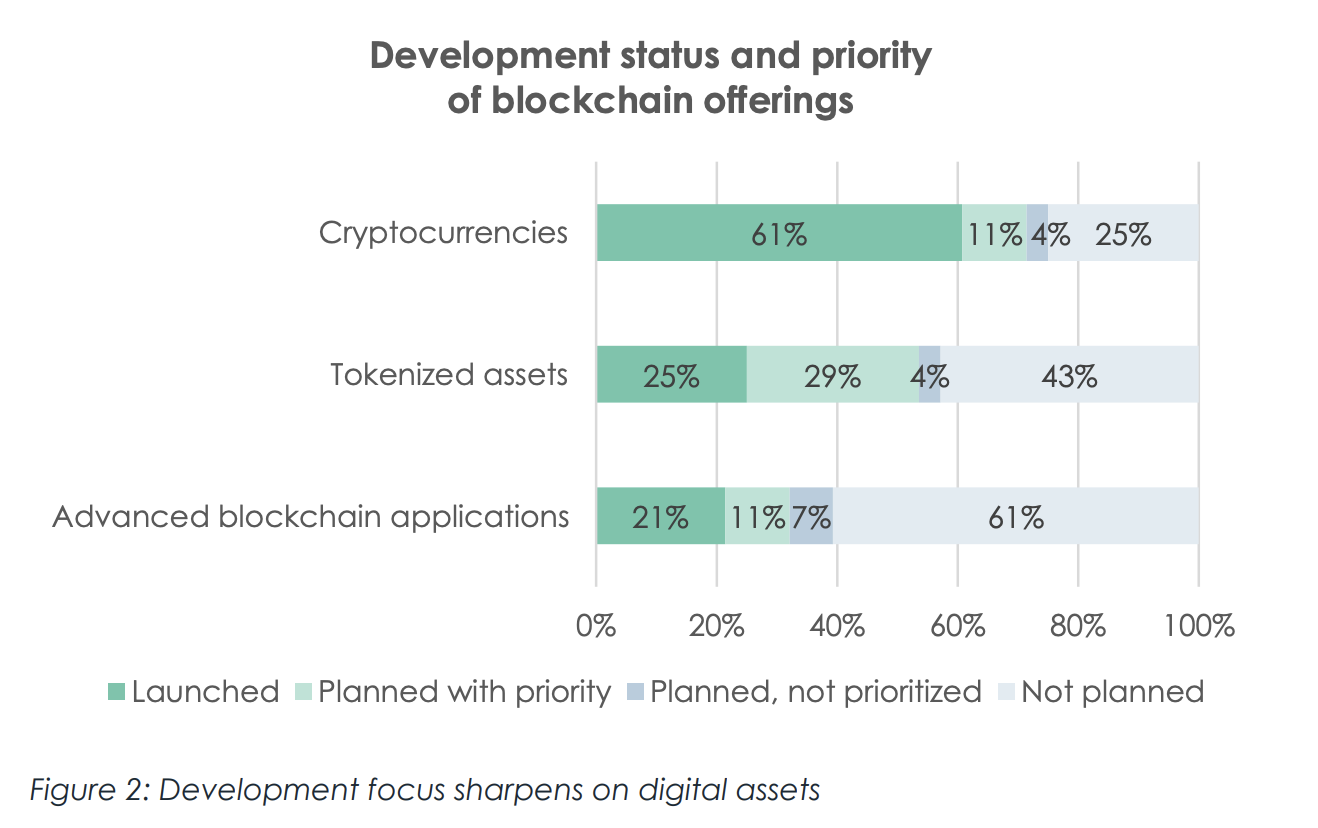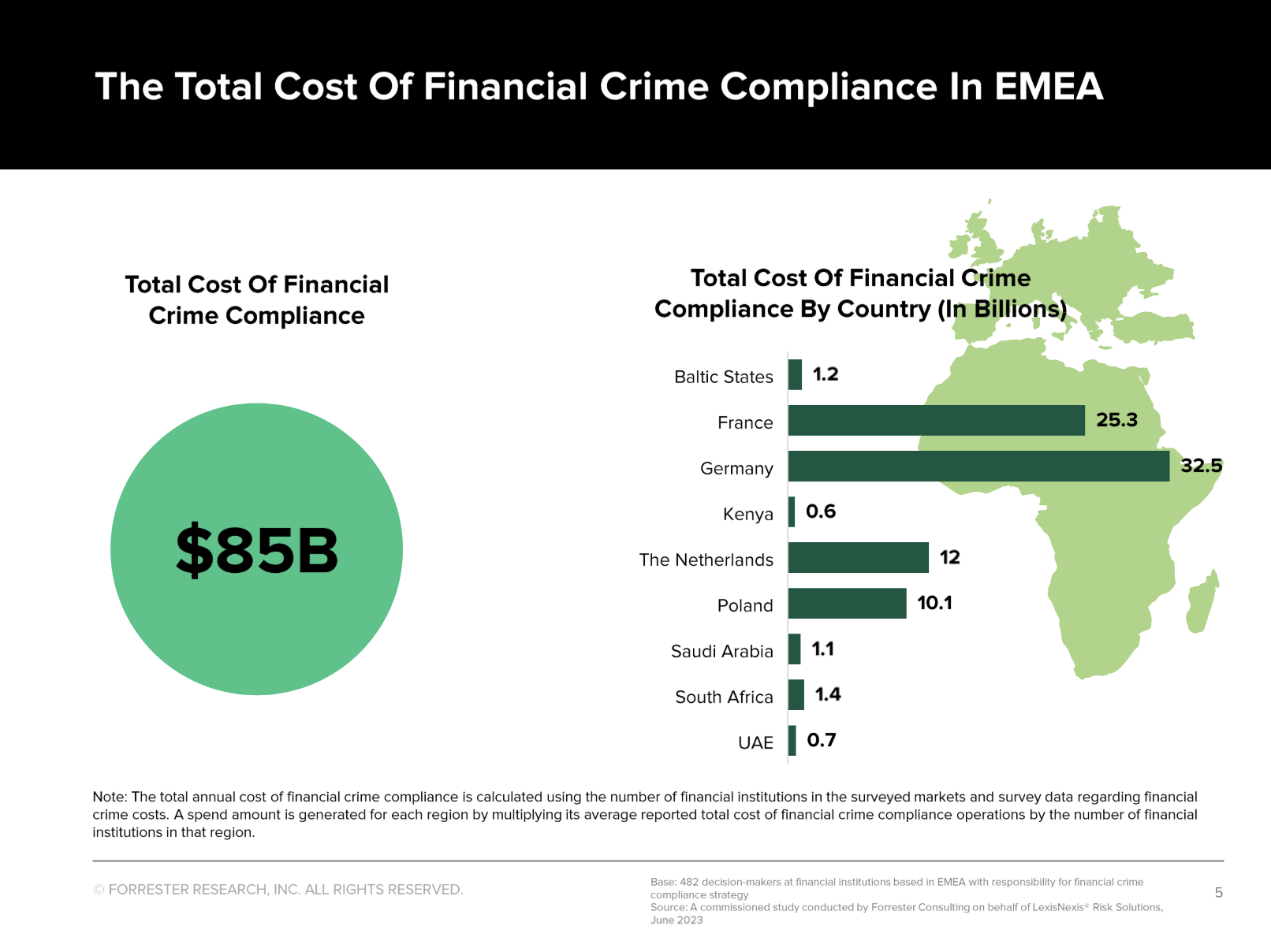The current financial market volatility increasingly reflects loss of faith in policy makers. Celebrity central bankers are learning that they must constantly produce new miracles for their followers.
First, the measures implemented since 2009 created an artificial stability and an asset price boom in many markets.
But the absolute rate of GDP expansion and level of price changes is inadequate to solve global debt problems.
Second, new initiatives seem the risky response of clever but desperate individuals who have run out of ammunition and ideas. The actions of central bankers reflect George Santayana’s observation that “fanaticism consists in doubling your efforts when you have forgotten your aim”.
Central to this debate is negative interest rate policy (“NIRP”), now in place in Europe and Japan and under consideration in many other countries. NIRP will not create borrowing driven consumption and investment which generates stronger growth. Existing high debt levels, poor employment prospects, low rates of wage growth and over-capacity have lowered potential growth rates, sometimes substantially.
NIRP is unlikely to create inflation, despite central banker’s stubborn belief that increasing money supply can and will ultimately always create large changes in price level.
There are concerns about toxic by-products. Bank profitability is likely to be adversely affected. Potential erosion of deposits may reduce banks’ ability to lend and also reduce the stability of funding, something which central banks perversely want improved. Bank weakness has significant contagion risks. Profitability and solvency issues will affect investors in hybrid capital issues (such as the now controversial co-cos) and bail-in bonds which can be converted into equity or written down under certain circumstances. Designed to strengthen banks, these securities, merely shift the risk to investors, such as pension funds, insurance companies and individual savers.
The capacity of NIRP to devalue currencies to secure export competitiveness is questionable. Euro, Yen and Swiss France have not weakened to date despite additional monetary accommodation. One reason is that these countries have large current account surpluses: Euro-zone (3.0% of GDP), Japan (2.9% of GDP) and Switzerland (12.5% of GDP). The increasing ineffectiveness of NIRP in managing currency values merely reflects the fact that the underlying problem of global imbalances remains unresolved.
Third, the panic amongst policy makers is undermining belief in their powers.
The US Federal Reserve’s attempt to normalise interest rates has contributed to instability. Speculation of no further rate rise or a policy reversal, including potentially a new QE program or negative interest rates, has compounded confusion.
The European Central Bank (“ECB”) looks impotent, being increasingly under siege from friends (who insist they do more) and enemies (who insist they have overstepped their mandate). The ECB has failed to date to deal with weak banks and €1.2 trillion plus non-performing loans.
The Bank of Japan’s decision to switch to NIRP was in direct contradiction of an earlier statement made less than a month ago.
Chinese policy makers, until recently applauded as exemplary economic managers, have struggled to bring its stock market slide under control prevent capital outflows or avoid pressure to devalue the Yuan. The People’s Bank of China has resorted to aggressive market intervention and erratic fixing of the currency, designed to surprise and inflict losses on external “speculators”.
Facing slowing growth and unwilling to reform quickly, China is reverting to the strategy of increasing spending and bank lending. Credit growth is approaching the levels of 2009, ignoring the already high debt levels and financial stresses evident.
Fourth, despite the IMF urging bold, broad measures, the G20 showed little appetite for new initiatives. International co-operation is being replaced by conflict. Each nation is increasingly focusing fiscal and monetary policy on domestic objectives, whilst paying lip service to not seeking currency devaluation or beggar-thy-neighbour policies.
Fifth, there is recognition that available options have diminished. In recent weeks, there have been calls for more co-ordinated monetary easing, more fiscal stimulus and more structural reforms to support growth. The prescriptions are familiar and unlikely to be more successful on the umpteenth go-around. Policy makers would do well to heed Winston Churchill’s advice: “However beautiful the strategy, you should occasionally look at the results”.
For the moment, the volatility is confined to financial markets and the effect on the real economy is limited. The ever present risk is of a doom loop where financial market problems lead to banking system weakness which, in turn, feeds a credit crunch and a contraction in economic activity. That familiar movie does not have a happy ending.
Full story here Are you the author? Previous post See more for Next postTags: Bank of Japan,central banks,China,European central bank,Federal Reserve,France,Insurance Companies,Japan,Japanese yen,Monetary Policy,newslettersent,non-performing loans,Switzerland,Switzerland Money Supply,Volatility,yuan































